The shifting psychology of retail loyalty
By Rob Meakin, MD, Loyalty Pro
“The deepest principle in human nature is the craving to be appreciated” – William James, philosopher and psychologist.
One of the very first loyalty programmes started in the 1930s with S&H Greenstamps; consumers collected small stamps from selected merchants and accrued enough of them to exchange for gifts. It was dubbed an ‘alternative currency’ at the time and an incentive for shoppers to repeat purchase.
Fast forward nearly 80 years and you’ll find this same concept in most supermarkets and cafes you visit. Starbucks’ loyalty card is one of the most recognisable and used in the world; Sainsbury’s Nectar card is the UK’s most popular supermarket loyalty scheme; and most airlines will now offer “airmiles” as standard for frequent flyers.
Loyalty is not a new concept, but the retail landscape in particular has shifted dramatically. Nowadays, there is more technology, more businesses, more consumers and more ‘noise’. Achieving cut through is a tough challenge. As consumer expectations rise and retailers and brands fight in an increasingly competitive space, William James’ principle on appreciation is still as pertinent today as it ever has been.
How digital has warped our thinking towards retail
While the human desire to be appreciated remains the same, the frequency at which we want this certainly has. This is in no small part down to the ubiquity of digital devices and services, and the proliferation of online shopping. There is now an expectation for instantaneousness, and a resultant dismay when things don’t happen quickly enough.
The rise of Amazon is certainly a factor in this, creating pricing and delivery models that many retailers and brands can’t keep up with. Five years ago, if you were told a package would be delivered to you in five days, you might not have batted an eyelid. In 2018, this would be almost unforgivable.
We can draw this parallel with our innate desire to learn, too; if we’re unable to find out information on our smartphones within ten seconds, we become frustrated and annoyed. In no other period in human history have we been quite so demanding.
Creating and sustaining the membership economy
It is this demand that has perpetuated the ‘membership economy’ – the idea that consumers now expect the sort of membership that only VIPs had access to a few years ago. They want the best deals relevant only to them, and don’t want to be spammed with unnecessary and untailored offers.
Thanks to advances in technology and data analysis, retailers and brands can be cleverer about purchasing habits and better target their customers with more relevant products. Boots is an example of a retailer that does this particularly well. It is this kind of psychology as a consumer – whereby they feel they are getting exclusive offers – which is driving retailers to think and act fast about ways to communicate with their customers.
More than that, though, people want choice. And with a plethora of outlets and millions of products to choose from, why should consumers feel obliged to spend it all in one place? This is where loyalty schemes massively differ from those of yesteryear. Consumers want to be able to choose where to spend their rewards (or collect vouchers/cash) instead of being confined to one outlet.
Loyalty as a currency
The loyalty of customers is changing; brand is now less important to them than how quickly they get a product and how much it costs. People don’t subscribe to Amazon Prime, for example, because of the brand name; its simplicity and reliability is the reason for its unrivalled success.
As the psychology of what constitutes a good purchase shifts, our basic human principle to be appreciated will never diminish. The companies that that are able to match the likes of Amazon and tap into the modern consumer psyche will be the ones that will succeed.



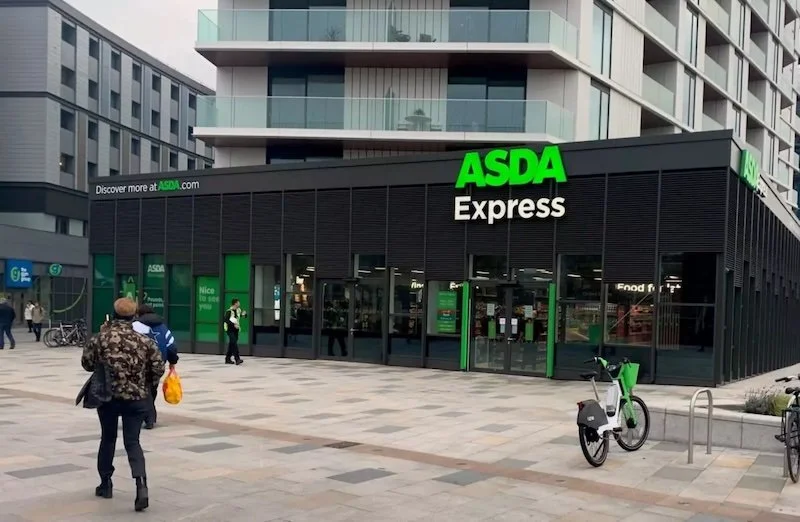
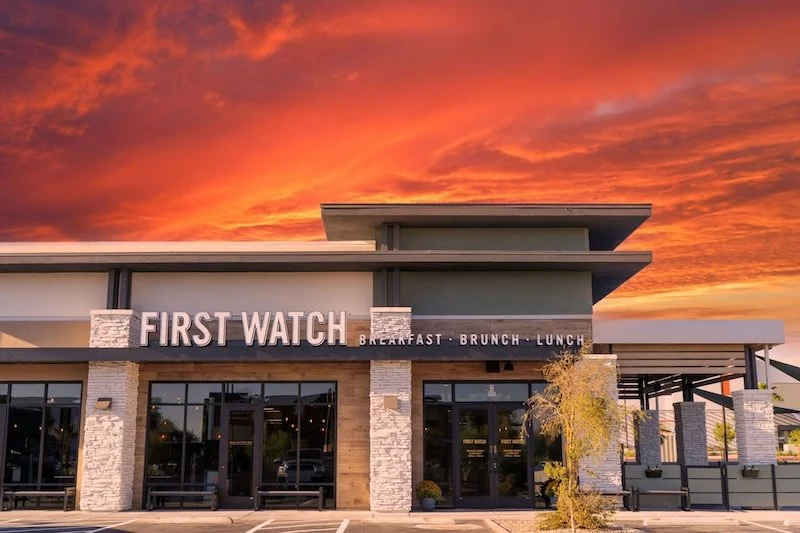


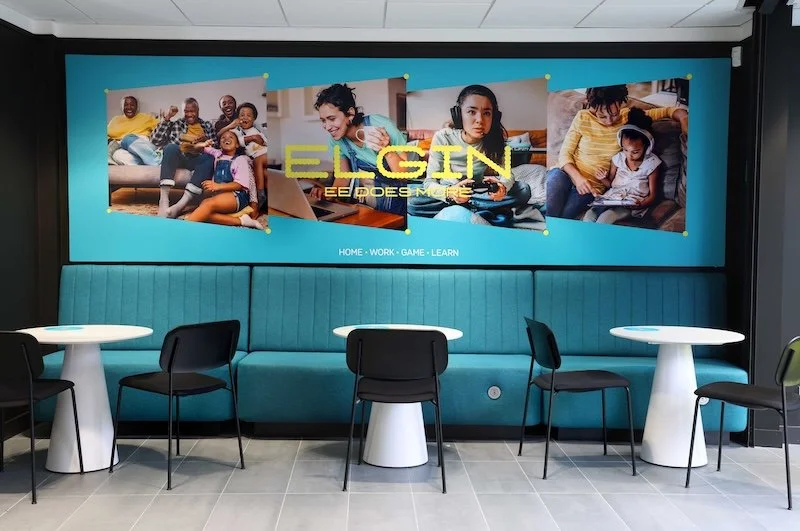
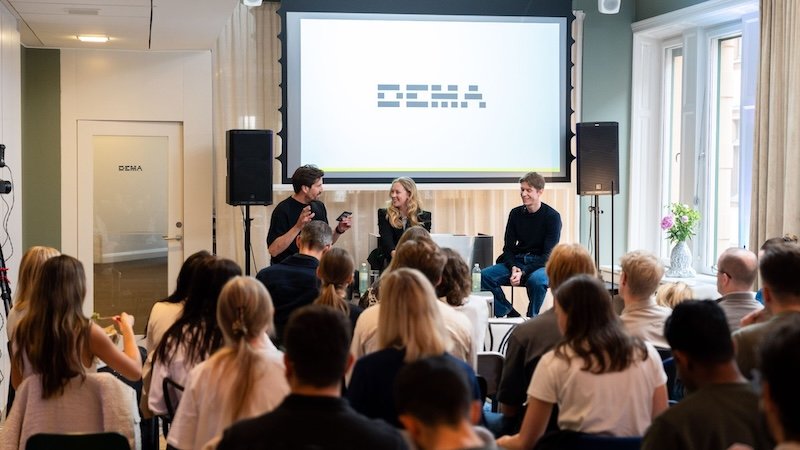
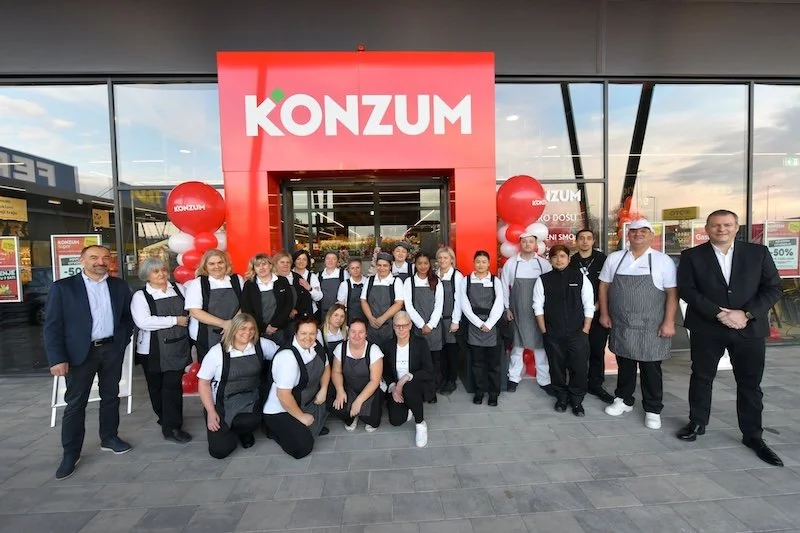
Continue reading…